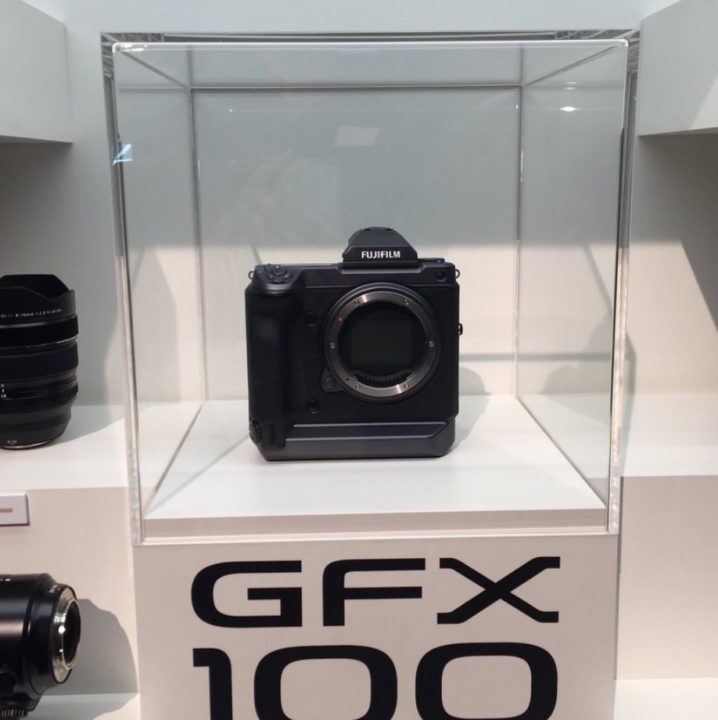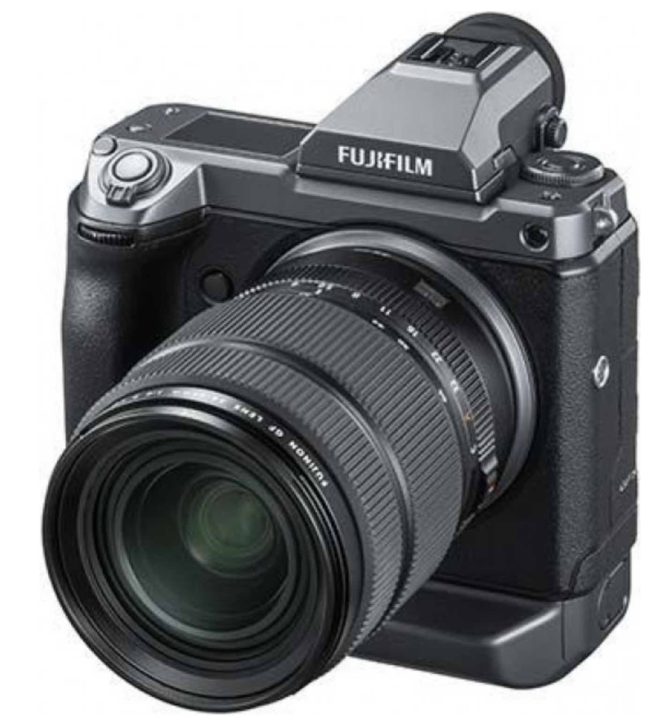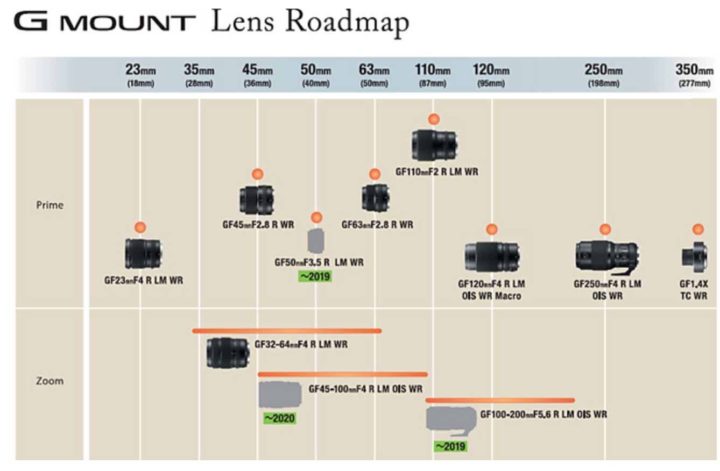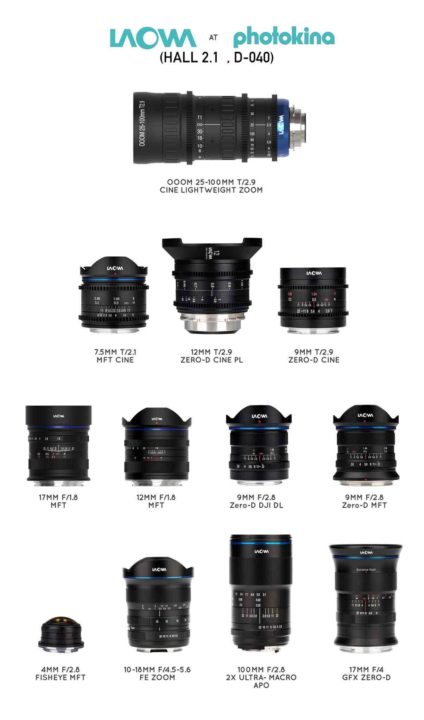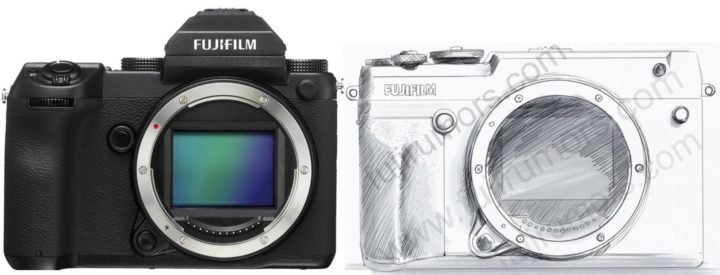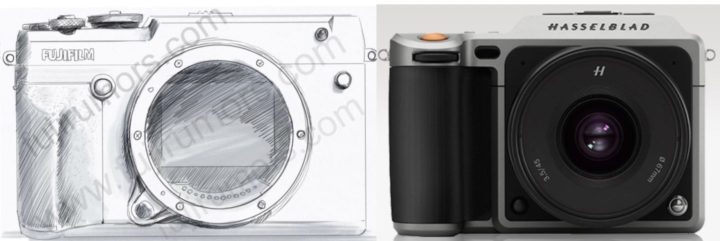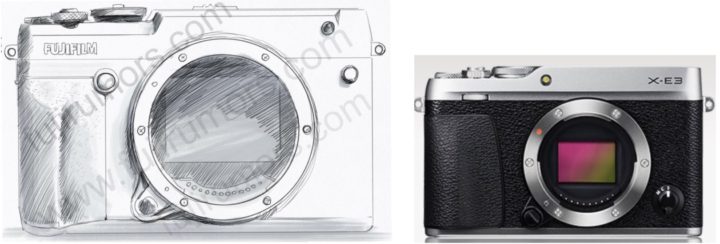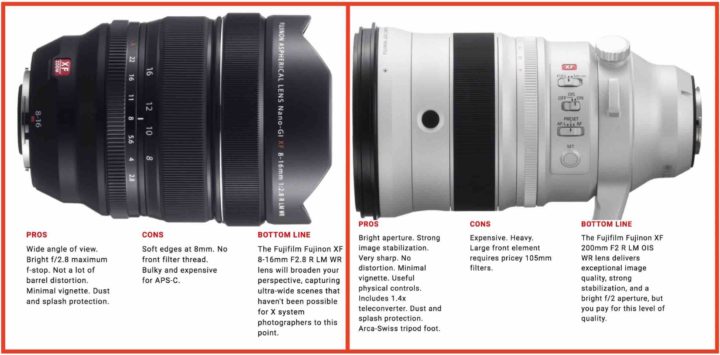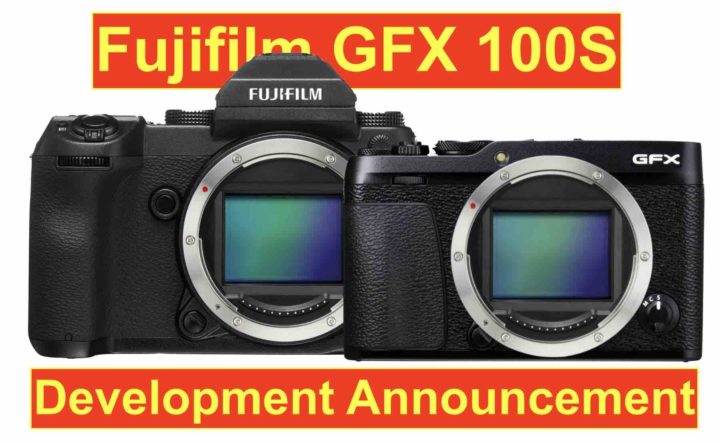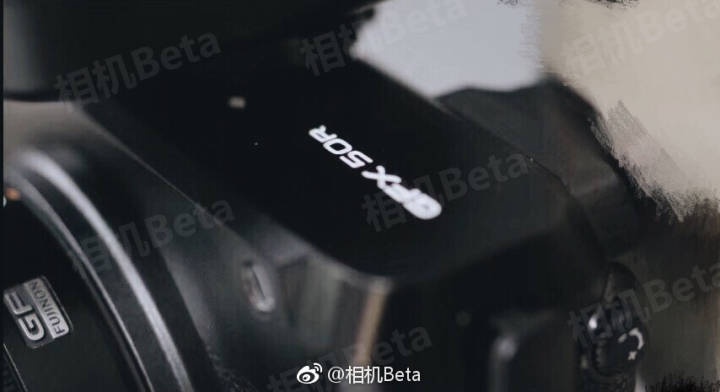Fujinon XF80mmF2.8
You can now find the Fujinon XF80mmF2.8 1:1 Macro $200 off at AmazonUS via Beach Camera. That’s an additional $50 savings over the current regular XF lens deals (full list below).
3 left only at the time of this post.
According to the official Fujifilm retailer list here, Beach Camera is an authorized Fujifilm seller.
Fujifilm X-T3
body only (save $130 with vertical grip): BHphoto, AmazonUS, Adorama, Focuscamera
with 18-55 (save $130 with vertical grip): BHphoto, AmazonUS, Adorama, Focuscamera
Fujinon Prime Lenses
XF 14mmF2.8 (save $150): BHphoto, AmazonUS, Adorama, FocusCamera
XF 16mmF1.4 WR (save $150): BHphoto, AmazonUS, Adorama
XF 18mmF2 (save $50): BHphoto, AmazonUS, Adorama, FocusCamera
XF 23mmF1.4 (save $100): BHphoto, AmazonUS, Adorama, FocusCamera
XF 23mmF2 WR (save $50): BHphoto, Adorama, AmazonUS
XF 27mmF2.8 (save $50): BHphoto, AmazonUS, Adorama, FocusCamera
XF 35mmF1.4 (save $50): BHphoto, AmazonUS, Adorama, FocusCamera
XF 35mmF2 WR (save $50): BHphoto, AmazonUS, Adorama, FocusCamera
XF 50mmF2 WR (save $50): BHphoto, Adorama, AmazonUS
XF 56mmF1.2 APD (save $100): BHphoto, AmazonUS, Adorama, FocusCamera
XF 56mmF1.2 (save $150): BHphoto, AmazonUS, Adorama, FocusCamera
XF 60mmF2.4 (save $50): BHphoto, AmazonUS, Adorama, FocusCamera
XF 80mmF2.8 OIS WR (save $150): BHphoto, AmazonUS, Adorama, FocusCamera
XF 90mmF2 WR (save $150): BHphoto, AmazonUS, Adorama, FocusCamera
Fujinon Zoom Lenses
XF 10-24mmF4 OIS (save $150): BHphoto, AmazonUS, Adorama, FocusCamera
XF 16-55mmF2.8 WR (save $200): BHphoto, AmazonUS, Adorama, FocusCamera
XF 18-55mmF2.8-4 OIS (save $100): BHphoto, AmazonUS, Adorama, FocusCamera
XF 18-135mmF3.5-5.6 OIS WR (save $100): BHphoto, AmazonUS, Adorama, FocusCamera
XF 50-140mmF2.8 OIS WR (save $200): BHphoto, AmazonUS, Adorama, FocusCamera
XF 55-200mmF3.5-4.8 OIS (save $100): BHphoto, AmazonUS, Adorama, FocusCamera
XF 100-400mmF4.5-5.6 OIS WR (save $300): BHphoto, AmazonUS, Adorama
Fujifilm GFX
Fujifilm GFX 50s body (save $650): BHphoto, Adorama, AmazonUS
GF 63mm (save $350): BHphoto, Adorama, AmazonUS
GF 32-64mm (save $450): BHphoto, Adorama, AmazonUS
GF 120mm (save $550): BHphoto, Adorama, AmazonUS
GF 110mm (save $550): BHphoto, AmazonUS, Adorama
GF 23mm (save $550): BHphoto, AmazonUS, Adorama
GF 45mm (save $350): BHphoto, Adorama, AmazonUS
Fujifilm X-H1
body only (save $250): BHphoto, AmazonUS, Adorama, Focuscamera
body with vertical grip (save $250): BHphoto, AmazonUS, Adorama, Focuscamera
Fujifilm X-T2
body only (save $500): BHphoto, AmazonUS, Adorama, Focuscamera
body only graphite (save $500): BHphoto, AmazonUS, Adorama, Focuscamera
with XF 18-55 (save $400): BHphoto, AmazonUS, Adorama, Focuscamera
Fujifilm X-T100
with XC 50-230 (save $200): BHphoto, AmazonUS, Adorama, Focuscamera
with XC 15-45 and XC 50-230 (save $200): BHphoto, AmazonUS, Adorama, Focuscamera
Fujifilm X-A5
with XC 15-45 and XC 50-230 (save $200): BHphoto, Adorama, AmazonUS, Focuscamera
Fujifilm X-A3
with XC16-50 (save $150): BHphoto, Adorama, AmazonUS, Focuscamera
